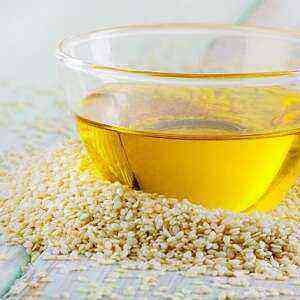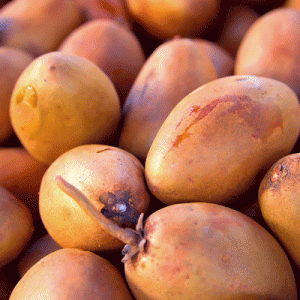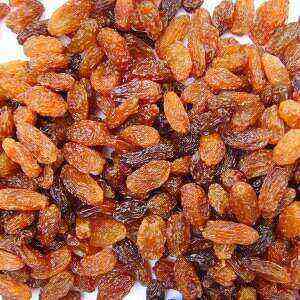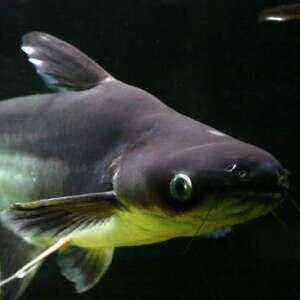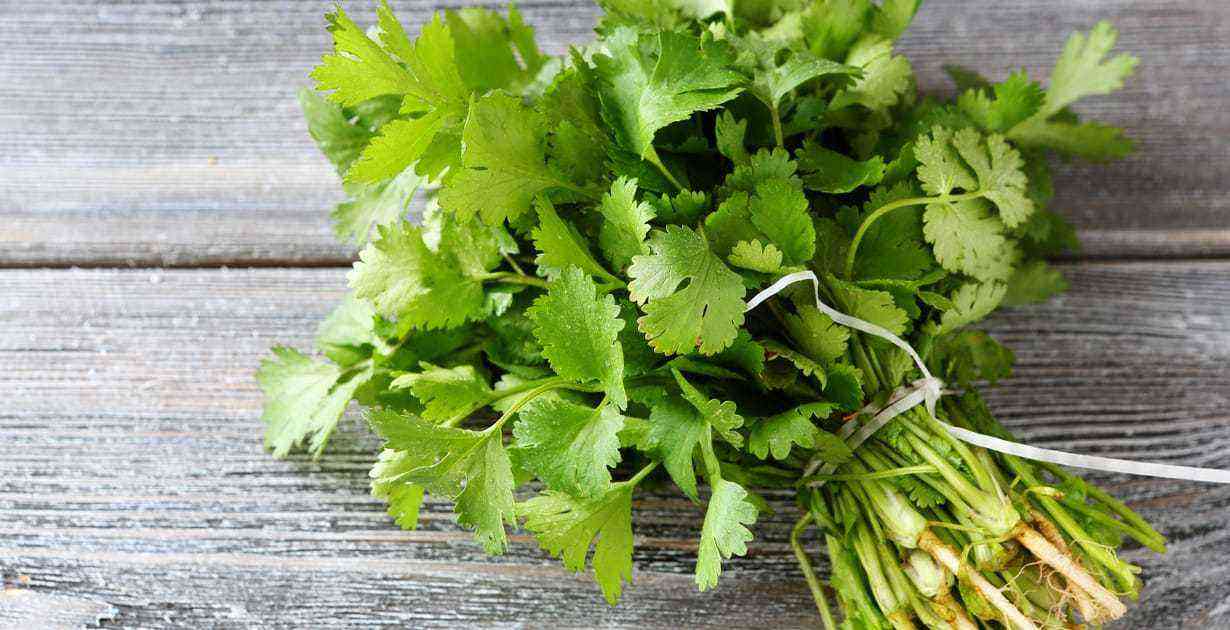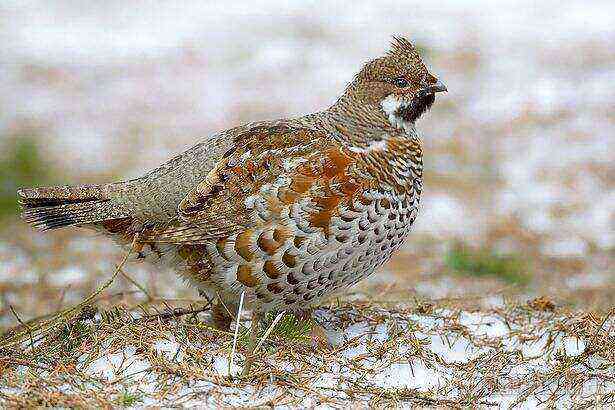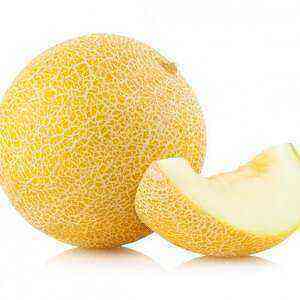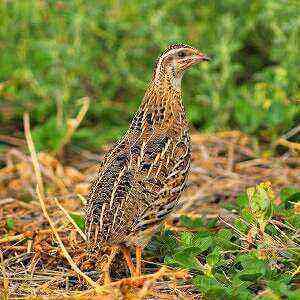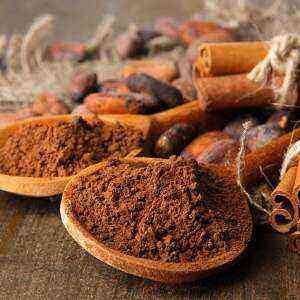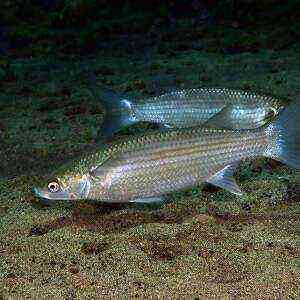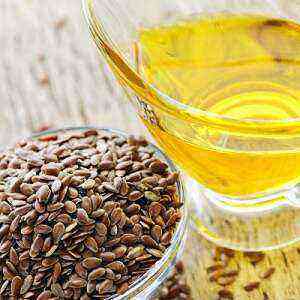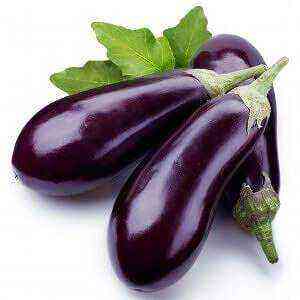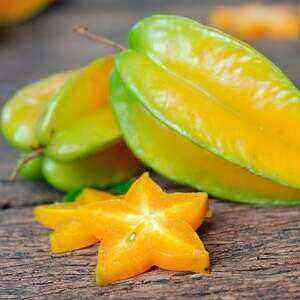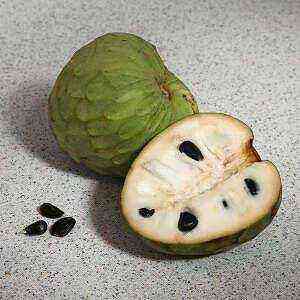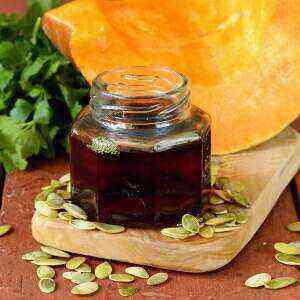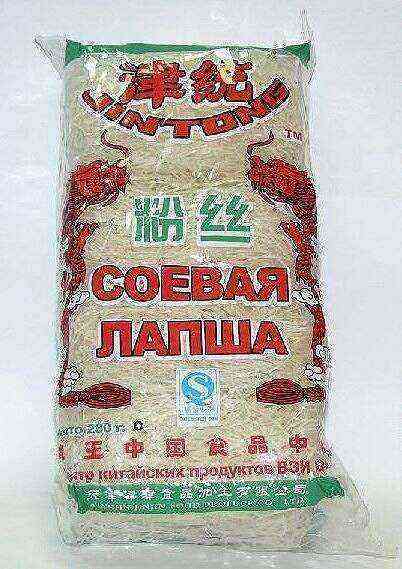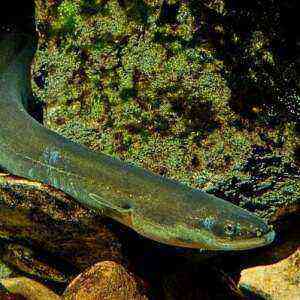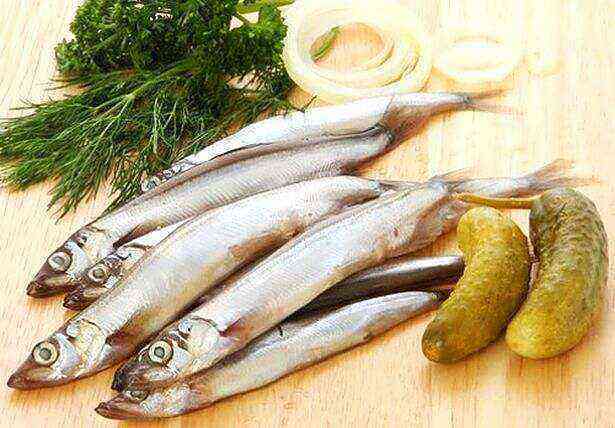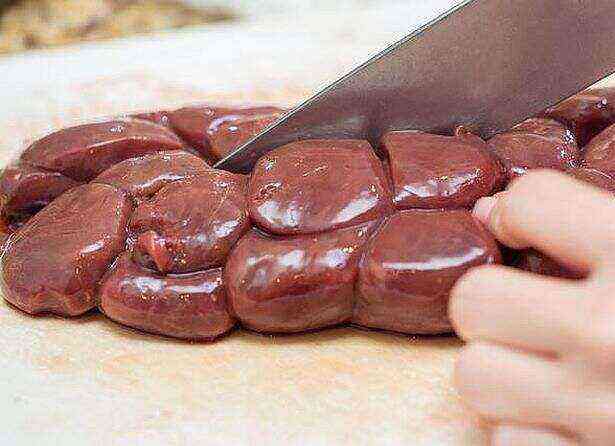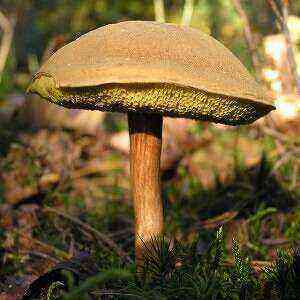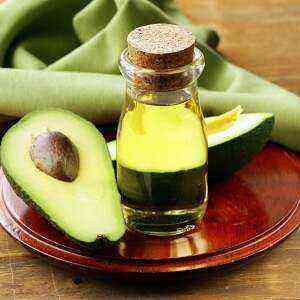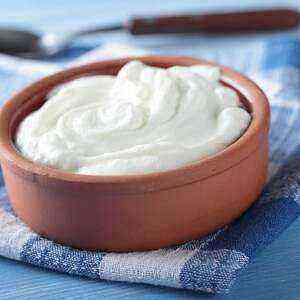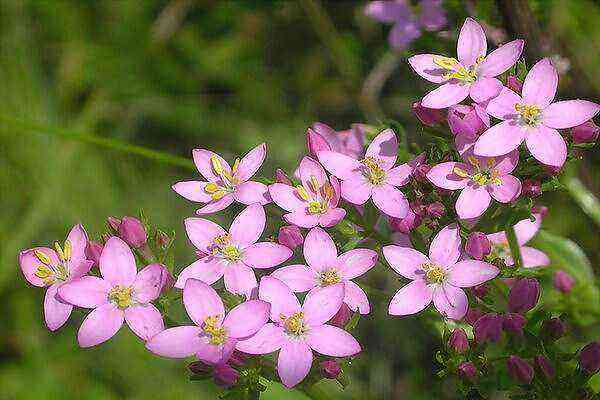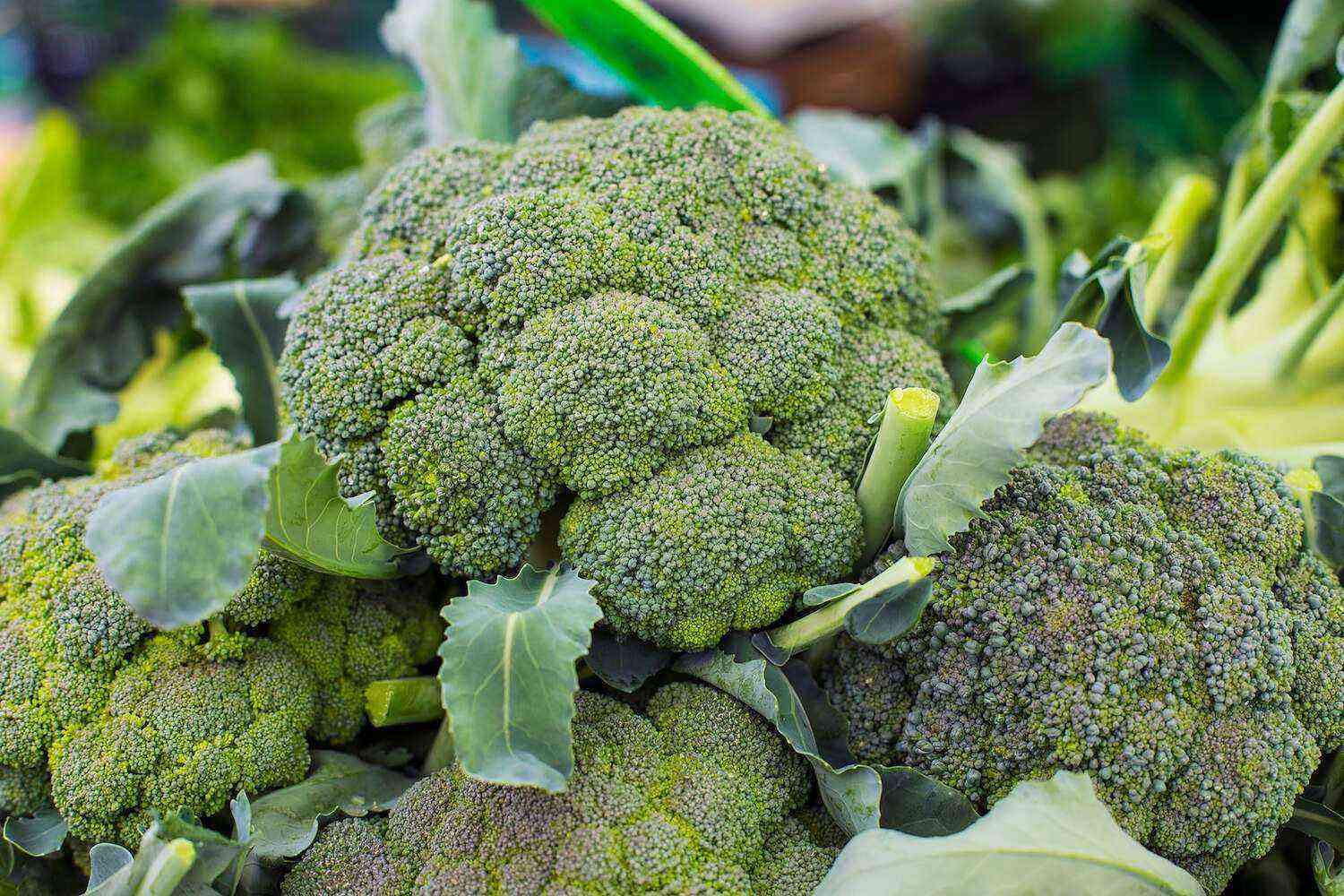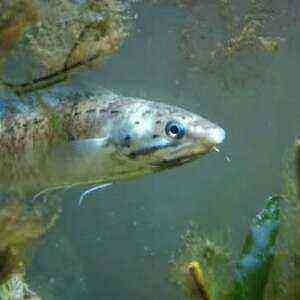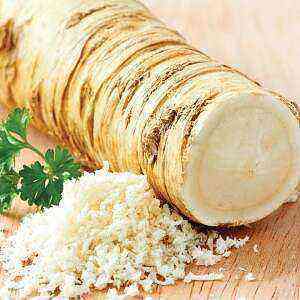
It is those leaves that grow directly near the root that have the strongest characteristic odor. Horseradish root is white, dense in texture and rather long. The stem is erect, and the leaves themselves are divided into several types: growing directly at the root, growing on the stem and petiolate. Horseradish blooms in early summer, in small inflorescences of several flowers.
Cultivation, collection and storage
Horseradish tolerates cold very well, and usually begins to grow in early spring, in front of almost any other garden plants. In artificial conditions, horseradish is usually carefully monitored and excess leaves are removed if necessary, but this is not required in the wild. The same plant can grow in one place for about 5 years, even if you harvest it every year. The fact is that on the root, which is deep in the ground, buds appear, which gardeners leave in the ground, due to which it grows in the same place.
Horseradish is harvested in spring and late autumn, and it is the latter type that is suitable for medicinal purposes. If you collect enough of it and want to preserve it for several months, simply place the horseradish roots in boxes of damp sand and send it to a dark, cool place, such as a cellar. It is advisable to use the leaves immediately, for example, collected in the fall, they are just ideal for pickling vegetables as an aid.
A bit of history
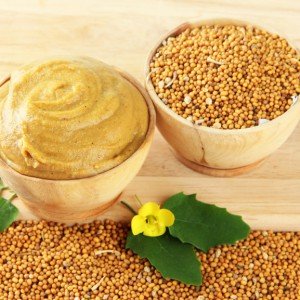
A little about the composition
You might be surprised, but horseradish contains 5 times more vitamin C than lemon. But horseradish acquired its bactericidal properties thanks to the phytoncides contained in it, which are capable of destroying pathogens. In addition, by itself, it increases the body’s immunity and prevents the occurrence of diseases.
But the smell and specific taste of horseradish is due to the allyl mustard oil contained in it, which, among other things, has bactericidal properties. It is because of this mustard oil that the effect of horseradish is so pronounced: for example, in its pure form it can lead to serious burns. However, there is not so much of it in the plant, so horseradish is great for stimulating the stomach and the production of gastric juice, as well as increasing the activity of the gastrointestinal tract. However, if you overdo it with horseradish, the mustard oil contained in it can cause gastroenteritis.
Horseradish chemical composition (per 100g)
Caloric content 59 kcal Proteins 3,2 g Fats 0,4 g Carbohydrates 9,5 g Organic acids 0,2 g Dietary fiber 7,3 g Water 77 g Ash 1,4 g
Vitamins
Vitamin B1 (thiamine) 0,08 mg Vitamin B2 (riboflavin) 0,1 mg Vitamin B6 (pyridoxine) 0,7 mg Vitamin B9 37 mcg Vitamin C 55 mg Vitamin E 0,1 mg Vitamin PP 0,9 mg Niacin 0,4, XNUMX mg
Macronutrients
Potassium 579 μg Calcium 119 μg Magnesium 36 mg Sodium 100 mg Phosphorus 130 mg
Trace Elements
Iron 2 mg
Digestible carbohydrates
Starch and dextrins 3,9 g Mono- and disaccharides (sugars) 6,6 g
Saturated fatty acids
Saturated fatty acids 0,1 g
The healing properties of horseradish

In general, regular use of horseradish will tone the body, energize and strengthen the body. The substances it contains help fight colds and provide good prevention, so if you regularly use horseradish, you will not have problems with immunity. In addition, horseradish is able to normalize blood circulation in the body, thus giving you more energy and improving your overall health.
Application in modern medicine
In addition, they found out that the substances contained in horseradish are able to prevent the occurrence of caries, since it fights bacteria very effectively. Already in Japan, scientists are trying to develop a horseradish-based toothpaste, and the only problem they have encountered is a specific taste that has not yet been eliminated.
Not so long ago, Israeli doctors announced the possibility of some components of horseradish to adversely affect cancer cells. This ability was revealed by British scientists, and more recently.
The discovery, which could turn the entire cancer treatment industry, came out by accident: scientists were actually studying extracts of various plants in Africa. As a result of long-term experiments, scientists managed to isolate a certain molecule from horseradish that is capable of destroying cancer cells. At the moment, scientists are very actively developing a vaccine that will create a universal medicine, and at the moment they are already beginning to test it. However, the technology is still a mystery, as it is too early to be considered sufficiently developed and applied universally.
Use in cosmetology
Horseradish’s ability to kill harmful bacteria is highly valued, including for external use. In addition, masks containing the root of this plant stimulate skin renewal and help cleanse it. Horseradish in cosmetology is mainly used to stimulate skin renewal, to improve blood circulation, which gives the face a healthy color and helps to prolong youth.
Thanks to its antiseptic effect, horseradish is very suitable for combating rashes on the skin, including the treatment of unpleasant diseases such as acne or pimples. But you need to treat it with caution, since in its pure form it can cause a burn. Horseradish contains substances that slow down the process of melanin production, as a result of which it is very often used in order to get rid of age spots and freckles.

- If you feel a strong burning sensation, immediately wash off the mask to avoid burns on the skin.
- When applying such masks, avoid the area around the eyes and lips, as in these areas the skin is very thin and delicate, and horseradish can cause burns.
- Do not use such masks more than once a week, as they have a pronounced effect.
- Avoid horseradish masks if you have sensitive skin that doesn’t respond well to irritants.
- If you have dry skin, horseradish masks must be diluted with neutral products, for example, add sour cream to them.
If you are going to make horseradish face masks, a fresh plant is best suited for this, since it contains many more beneficial vitamins.
Before making a mask, please note that the resulting mixture needs to be used only once, it cannot be stored. For the very simple mask, grind horseradish (you can use a meat grinder or blender), be sure to pre-clean and cut into pieces. Apply the mask to your face and keep it on for 15-20 minutes.
Here are some recipes for horseradish masks:
To rejuvenate
- egg yolk;
- cream;
- grated horseradish.
Mix all ingredients in equal proportions and apply for 20 minutes, then rinse with warm water. If an unpleasant burning sensation develops, wash off earlier.
Whitening mask
- a teaspoon of horseradish roots (grate);
- a tablespoon of crushed oatmeal;
- 2, Art. sour cream.
The mixture must be thoroughly mixed until a homogeneous mass is obtained, applied to the face and after 20 minutes, rinsed with water.
For oily skin
Take a tablespoon of thoroughly grated root, add a little cream and oatmeal to make a homogeneous mass. Then add the egg white and keep it on your face for 10 minutes.
Traditional medicine about horseradish

Horseradish root juice has been used for centuries as a natural diuretic, if necessary, and as a supportive remedy for sciatic nerve inflammation. Horseradish is also useful for the oral cavity, in particular for inflammation or flux. Enough one teaspoon of fresh roots, finely grated, pour water, about 250 ml and leave for 4 hours. With the resulting infusion, you need to rinse your mouth every half hour, and all problems will go away. Horseradish helps even with toothache: a compress is made from the crushed root, which must be applied to the cheeks to get rid of the pain in the teeth.
Horseradish recipes
There are many recipes with horseradish that are used for medicinal purposes. For example, tissue filled with crushed roots is used as compresses for joint pain: the longer you hold such a compress, the more pronounced the effect will be.
Horseradish for diabetes
In order to help the body with diabetes, you need to take 10 grams of grated root, add 100 ml of sour milk to it and close the container with a lid. Within 24 hours, you need to leave the container so, with the lid closed, then strain the mixture and take a tablespoon each time before eating.
Horseradish cough
This recipe requires 150 g of roots, which it is advisable to thoroughly grind in a meat grinder or blender. The resulting mixture must be poured with half a liter of boiling water and left to infuse for 48 hours in a dark cool place. Then you need to strain the mixture very carefully, leaving only the juice and remove all impurities. There you need to add 150 grams of honey, thoroughly heat the mixture so that the honey dissolves completely. After that, pour the resulting mixture into a glass container with a tight lid and store out of direct sunlight. It should be taken in two tablespoons 20-30 minutes before meals.
Horseradish with sinusitis

With hair loss
It is necessary to take fresh horseradish roots, chop and apply directly to those areas that suffer from baldness. This mask should be kept for 30 minutes, then rinse your hair thoroughly with water. Use this remedy 2 times a day with breaks a day for a week. The result will not be noticeable immediately, but it will be pronounced. Horseradish roots have a very warming effect, thereby stimulating blood flow in the scalp and helping hair growth.
Combating bad breath
You need to take 10 grams of fresh root, chop it thoroughly and pour 200 ml of vodka. Leave the infusion for three days, shaking regularly, and then strain thoroughly. The resulting mixture is gargled.
Bath with radiculitis
If you are tormented by a problem such as sciatica or gout, you need to take 50 g of the root, chop it thoroughly and place it in several layers of gauze. Close the cheesecloth thoroughly and dip into a tub filled with water. It is very important that the water in the bath is not very hot, about the temperature of the body, otherwise the heating will be too strong. After you have taken a bath, you need to go to bed and wrap yourself well in a blanket for the best warming effect.
With osteochondrosis
Horseradish leaves are used for supportive treatment for osteochondrosis. They need about 15 pieces, you need to rinse them thoroughly, add 10 liters of very hot water, carefully cover and leave in a dark place for 24 hours. After the resulting mixture is infused, fill the bathroom, add 3 liters of the ready-made broth to it, and take every day for 20-30 minutes for 3 days. It is best to do this an hour or an hour and a half before meals, then the effect will be most pronounced.
To combat angina pectoris
To help people suffering from angina pectoris, you need to grate 100 grams of root and add 100 grams of any honey there. The resulting mixture should be taken every morning before meals, half a tablespoon for a month. After the course of treatment, if you deem it necessary to continue it, take a break for 2 months and you can start the treatment again.
Противопоказания
Horseradish also has harmful properties. It is not recommended in any form for people who suffer from stomach ulcers, as it can aggravate this problem. It is also important to be careful with it for people with high blood pressure or suffering from gastritis. Even if you are completely healthy, it is important to remember that horseradish needs to be used in a very dosage, as excessive enthusiasm can provoke some problems.

